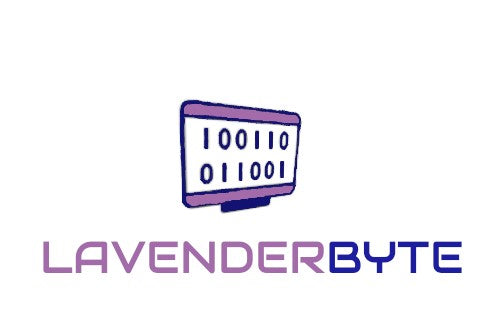| Programming Fundamentals: |
Variables: Declaration, initialisation and scope.
Data Types: Understanding and using different data types like integers, floats, strings and booleans.
Operators: Arithmetic, relational, logical and assignment operators.
|
| Control Structures: |
Conditional Statements: If, else-if, else structures for decision making.
Loops: For loops, while loops, and nested loops for repetitive tasks.
|
| Data Structures: |
Arrays: Single-dimensional arrays for storing collections of data.
Lists: Dynamic data structures that can grow and shrink in size.
|
| Functions and Procedures: |
Defining Functions: Creating reusable blocks of code with parameters and return values.
Procedures: Similar to functions but do not return a value.
|
| Input and Output: |
User Input: Reading data from users.
File I/O: Reading from and writing to files.
|
| Error Handling: |
Types of Errors: Syntax errors, runtime errors and logic errors.
Debugging Techniques: Using print statements, breakpoints and debuggers to find and fix errors.
|
